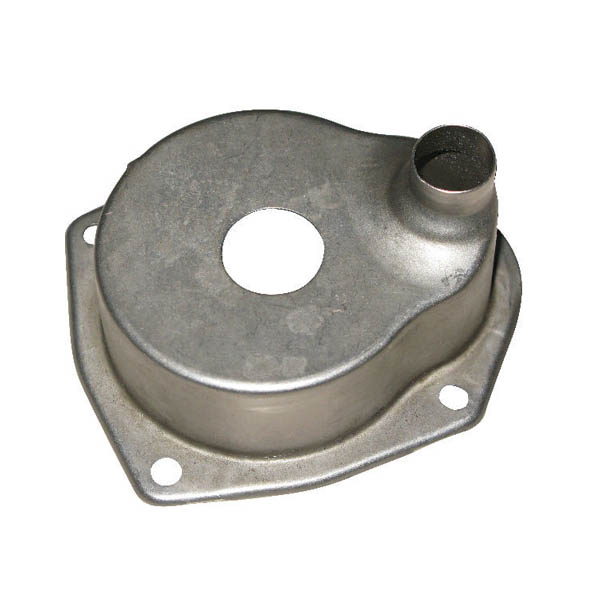Stretch piece

PIC-(Stretch piece
Product quality analysis of stretch piece of stamping die in the process of product drawing, the main problems of stretch piece are wrinkling, cracking, uneven thickness, surface scratch, shape distortion, springback, etc. Among these phenomena, wrinkling and cracking have the greatest impact on the quality of products. Products with these two problems must not be delivered and must be adjusted well. Products with these two problems can only be scrapped, and customers will not want them.
1、 Wrinkling material in the process of stretching, because of the excessive tangential stress around the edge of the material, resulting in the instability of the material, making the product along the edge of the tangential formation of uneven wrinkles, known as wrinkling. When the wrinkling is serious, it will make it difficult for the material to pass through the gap between the die and the punch in the drawing process, which will increase the tensile deformation force and even lead to tensile cracking. The instability phenomenon depends not only on the tangential stress at the edge of the material, but also on the thickness of the stretch piece. Generally speaking, it is better to use nitrogen spring or unisilic glue for drawing die, which is not easy to wrinkle and crack. Why? Because of the nitrogen spring or unisex, its force is generally more balanced, and there will be no problem of uneven strength. Nitrogen spring is better than Unisex because it is powerful and well-balanced, but its price is many times more expensive than that of unisex. Many factories can't afford it. Generally, only a slightly larger factory can afford to use nitrogen spring. When used for a long time, it will shrink, and its strength will not be as great as it used to be. It must be replaced with a new one, but its price is much cheaper than that of nitrogen spring. The blank holder can be used to prevent wrinkling. In some places, it is called the blank holder, which means that a ring of raised ribs is placed around the material without affecting the subsequent process of the product, which is commonly known as the blank holder. The advantage of this method is that the products drawn out will be more full and wrinkle can be prevented. The blank holder force needs to be adjusted relatively in the process of die test. Generally, the design is not so reasonable. It is necessary to adjust the height of the blank holder according to the product. If the blank holder force is too large, the friction between the material and the die and blank holder ring will increase, and the material wall will become thinner or even cracked; if the blank holder force is too small, it will not be able to effectively prevent wrinkling.
The second problem is cracking, which is often encountered in the process of stretching. When the tensile stress on the cylinder wall exceeds the strength limit of the material, the product will crack, and the crack generally appears at the cylinder wall slightly above the punch fillet. The factors that affect the product's tearing are: tensile properties of materials, diameter and thickness of materials, drawing coefficient, fillet radius of concave convex die, blank holder force, friction coefficient, etc. The fillet radius of concave convex die is too small and sharp, it is easy to crack the product. The common method of die repair is to find a way to enlarge the fillet, make the fillet smooth and polish a little, which is really no good. It can also be used in the production, especially the special oil for drawing, which is very effective. When designing the stamping die, the fillet can be enlarged as much as possible when the customer's product requirements permit. Do not make it too sharp. Some designs are not very clear. The designed drawing die cracks badly when trying the die. I want to kill the fitter! It's boring to fix the mold. When drawing, the necessary lubrication is used, which is conducive to the smooth progress of the drawing process, and the wall thinning is improved. However, it must be noted that the lubricant can only be applied to the working surface of the female die, and the contact surface between the punch and the material must not be lubricated, because there is favorable friction between the punch and the blank surface, which can prevent the material from sliding, cracking and thinning.



 Contact: Mr. Guo
Contact: Mr. Guo Mob: +86-183 3300 0079
Mob: +86-183 3300 0079 Tel: +86-317-5299861
Tel: +86-317-5299861 Add: Tiancheng Fortune Center, Yunhe District, Cangzhou, Hebei
Add: Tiancheng Fortune Center, Yunhe District, Cangzhou, Hebei


